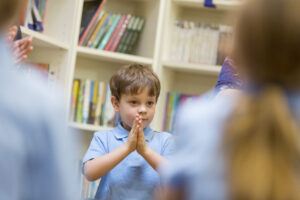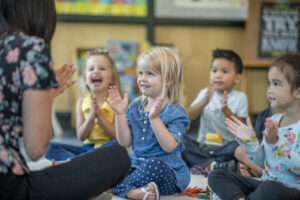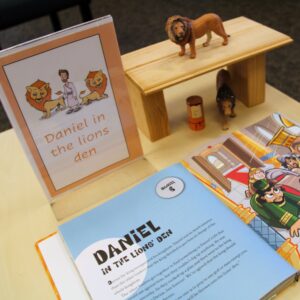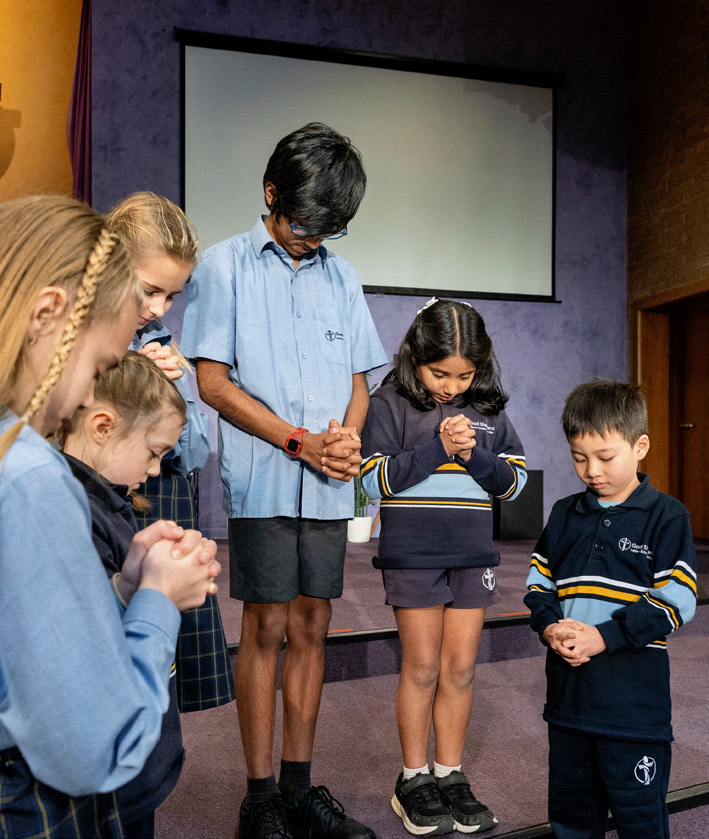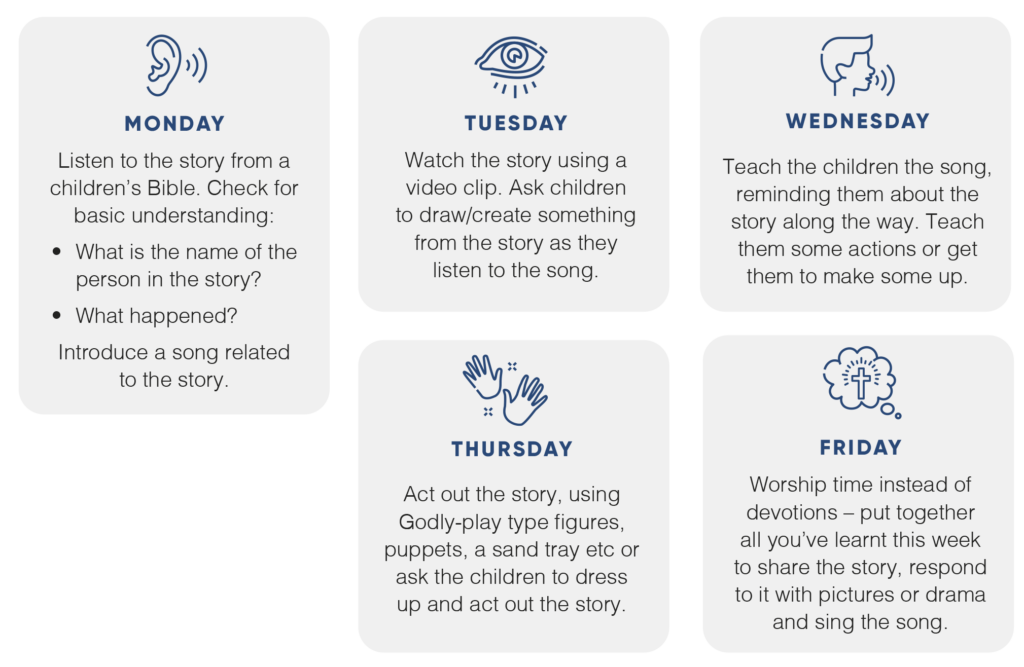Devotions in Primary School
Devotions can be a powerful and meaningful experience for primary students, but they should be tailored to match the class’s age and stage. This page looks at the needs of this age group and provide some ideas for organising devotions in primary schools.

What are devotions? How do we organise them in our classrooms?
Staff from Redeemer Lutheran School, Nuriootpa have prepared this guide to devotions including examples and ideas.
Devotions with young students
Experienced Foundation teacher Kelly Hassold from St Mark’s Lutheran School, Mount Barker, shares her process for organising devotions, and an example of a class devotion time.
Ages and stages
It’s helpful to know a bit about the developmental level and faith formation stages of your students when preparing devotions.
The imaginative world of the 3 to 7 year old
From the earliest years, children have experiences of awe and wonder. It seems that all children are born with a sense of the incomprehensible, the holy – a sense of God. Impressions of God are generally positive – a fun, playful God or a God that may take on a magical or superhero quality. Three- to seven-year-old children readily imagine unusual creatures like monsters and dragons, so thinking of God as a superhero is not unusual. Believing in miracles presents no problem to them.
Even though students may believe in God’s power, they may have alternating feelings of being powerless and of being able to take on the world. This mirrors how they feel about their personal security and the trustworthiness of those on whom they depend. Praying with students and talking about the trustworthy, loving nature of God will help them feel secure.
Children love stories that clearly define good and evil, which is why Bible stories (and fairy tales) are so well loved. These stories help them recognise feelings and behaviours that threaten and bother them and help them to identify with the triumph of good over evil.
Devotions with younger students
Anyone working with young children appreciates that they often have short attention spans and need simple ideas presented clearly.
Our advice is:
- Keep it very simple. Daily devotions at this age are usually based on Bible stories. It makes sense at this age and stage to incorporate the content from the Christian Studies Framework into your planning, as it’s probably better not to introduce too many new concepts at a time.
- Slow and steady is fine! Don’t try to rush through too many stories in a week. You could spend a whole week or even longer on one story if your students are still enjoying it. Try some different ways to explore the story each day.
- As your students are very young, it would be better to keep devotions to 5-10 minutes each day. Try to pick a regular time for your devotions.
- Consider adding Christian practices into your daily routines. These require little or no preparation and don’t take very long, but can really add a wonderful dimension to your classroom by covering the day with God’s love (see the next page).
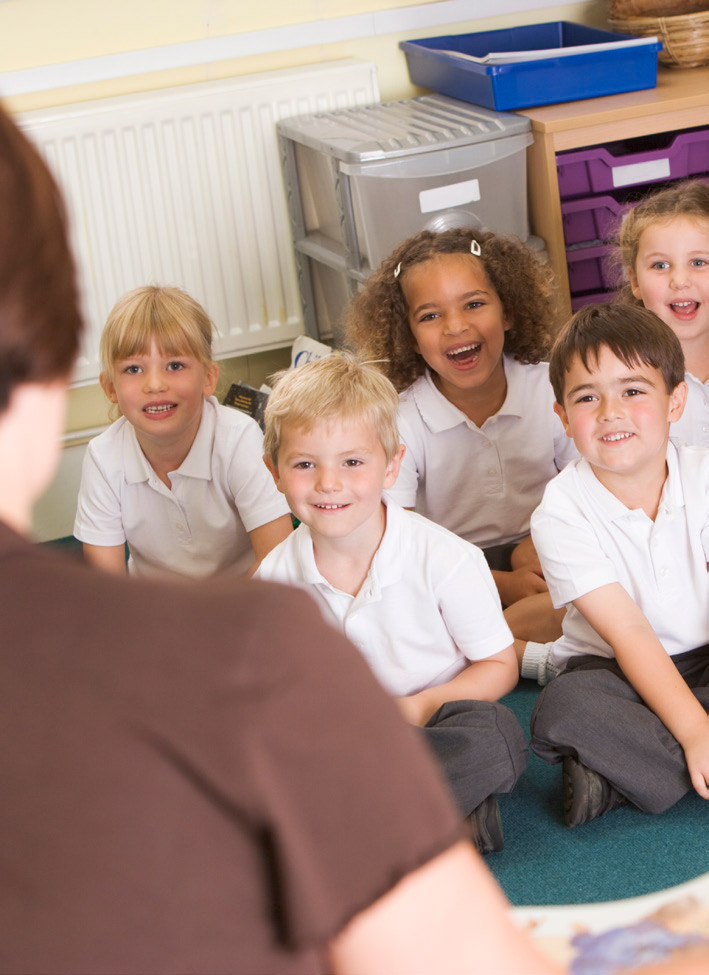

The relational world of pre-adolescents
As students move through primary school, they become more independent and start to question what they have been taught and think more deeply about spiritual matters.
As students move at differing points into early adolescence, they begin to consider their personal identity, including a spiritual identity. They may even experiment with a range of different identities – trying them on for size and then discarding the ones that don’t work for them.
Adolescents often rely on peers to help them in this struggle. They may be very tuned in to the expectations and judgments of the group and happy to adopt the group ideology rather than have a belief of their own. They may go along with the pack, even when it goes against a previously held position.

Devotions with Middle and Upper Primary
As students move through middle primary, you might like to consider involving them in the planning and leading of devotions, with your oversight. It’s a good idea for students to work in pairs or a small group so they don’t become too self-conscious.
As students get older they will be able to engage with the texts in a deeper way, and deal with abstract concepts more effectively. Allow time for exploration of the text through different means, and encourage discussion about what the story/passage means. Some periods of quiet reflection and meditation may be helpful, particularly while listening to music which expresses the theme of the devotion.
Encourage upper primary students to reflect on what particular Bible passages might mean in their lives. It’s good to encourage open discussion without too much correction, allowing students to work through their responses, before sharing some key points to the text. If ‘curly questions’ are raised and you aren’t sure how to respond, it’s alright to have a ‘questions’ box and ask the school leader, school pastor or chaplain to continue the exploration.
Sacred spaces
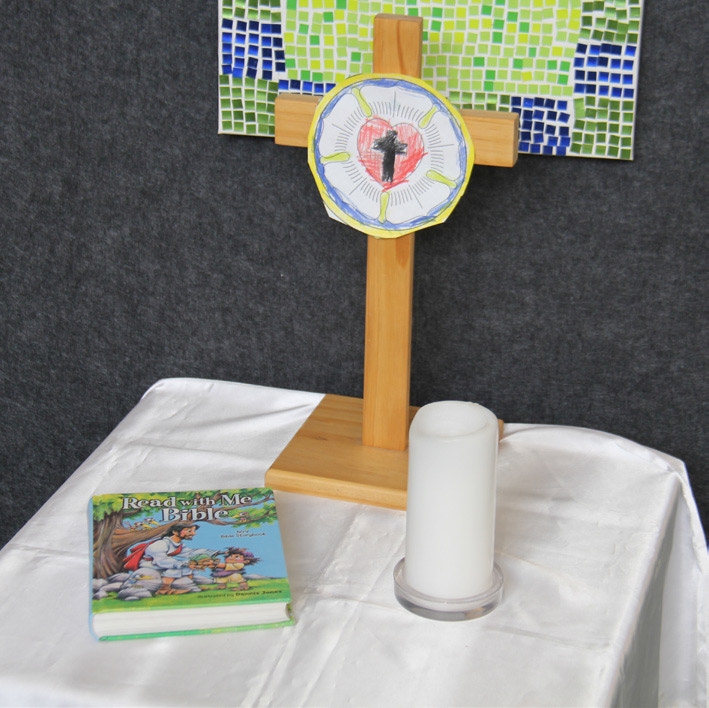
Rituals and routine
- You might like to ring a small bell or sound a chime as a sign that it’s time for devotions.
- You could play a familiar, quiet piece of music as students settle.
- Begin the devotion by lighting the candles and saying the invocation (‘In the name of the father and the Son and the Holy Spirit’) together.
- Consider teaching students how to make the sign of the cross, which they can use during the invocation. Signing the cross is a small ritual that helps students remember in whose name they are gathering.
- When it is time to listen to the Bible story, consider having a short phrase or prayer which leads into the story to signal to children that they are hearing from God. For example, “Now we will hear from God. Let’s listen carefully to the Bible story.” “Let’s pray before we hear the Bible story. Dear God, open our ears and our hearts to hear you today. Amen.” (You could include gestures to match the prayers).
- Learn some common prayers and include them regularly in devotions, especially the Lord’s Prayer
- You might like to encourage the children and staff to bless each other at the end of the devotion time. Use simple words, and include a simple gesture like making a cross on each other’s forehead or arm.“God bless you today [name]”; “Jesus loves you, [name]. Have a great day!”
Christian practices
- Regular routines to begin and finish each day – for example, a day could begin with devotions or a short start-of-the-day prayer, feature a table grace before lunch, and finish with a short blessing as students leave. While the words used can remain the same every day, or change each week, it is important to keep have these moments in the same spots each day so students can get used to them.
- ‘teachable’ moments – look out for moments in the day when something special happens, you notice a connection to what you are learning in Christian Studies or devotions, or perhaps when something sad happens. Without overdoing it, explore these together.
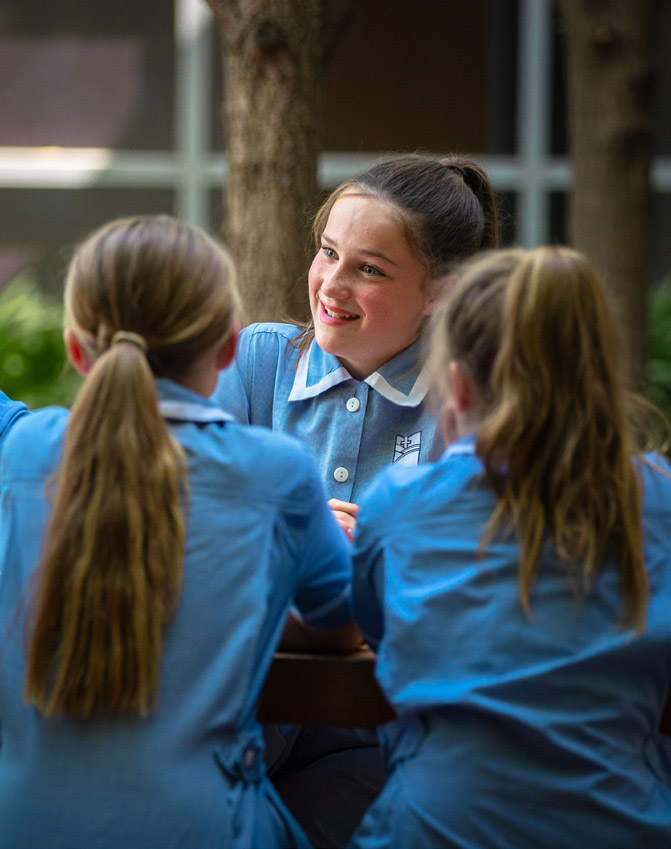
Involving students in devotions
- Ask students to perform the small rituals to start devotions, like lighting the candles or putting fresh flowers on the altar. It’s a good idea to practice this beforehand for younger students and have a roster so everyone gets a turn.
- Even young students can contribute to prayers. You can leave space for them to chime in with their own prayers or teach them some memory prayers like the Lord’s Prayer or very simple prayers.
- Older students are often quite capable and may engage more with devotions if they feel some ownership over them/feel they have a role to play. Having a selection of resources for them to choose from and a simple pattern they can follow means that students can lead a lot of the morning devotions, with a little guidance from the teacher to keep everyone on track.
- Students will often enjoy choosing the music for devotions. Have a selection of songs ready for them to choose from. Encourage them to sing and even dance! Action songs or dancing songs are a great way to get the wiggles out and to help reinforce the message. There are usually at least some students in every class who enjoy making up actions or dance moves to songs, and who might enjoy teaching others the moves.
- Consider involving students in sharing devotions with other classes, either within their age band or perhaps with a younger class as leaders.
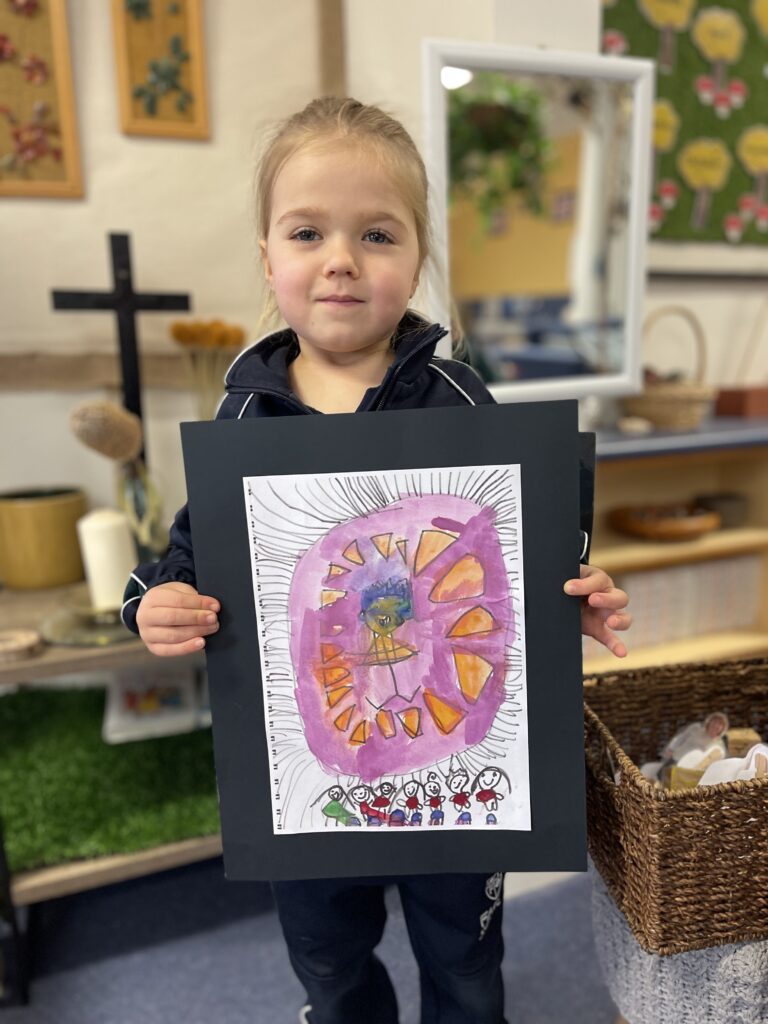
Planning Devotions
Simple and regular is more important than elaborate and time-consuming with devotions. Usually devotions will include:

Inviting God to be with us (invocation) ‘In the name of the father and the Son and the Holy Spirit’

A Bible story and possible a short discussion/ question time

Prayers

A song

Blessing
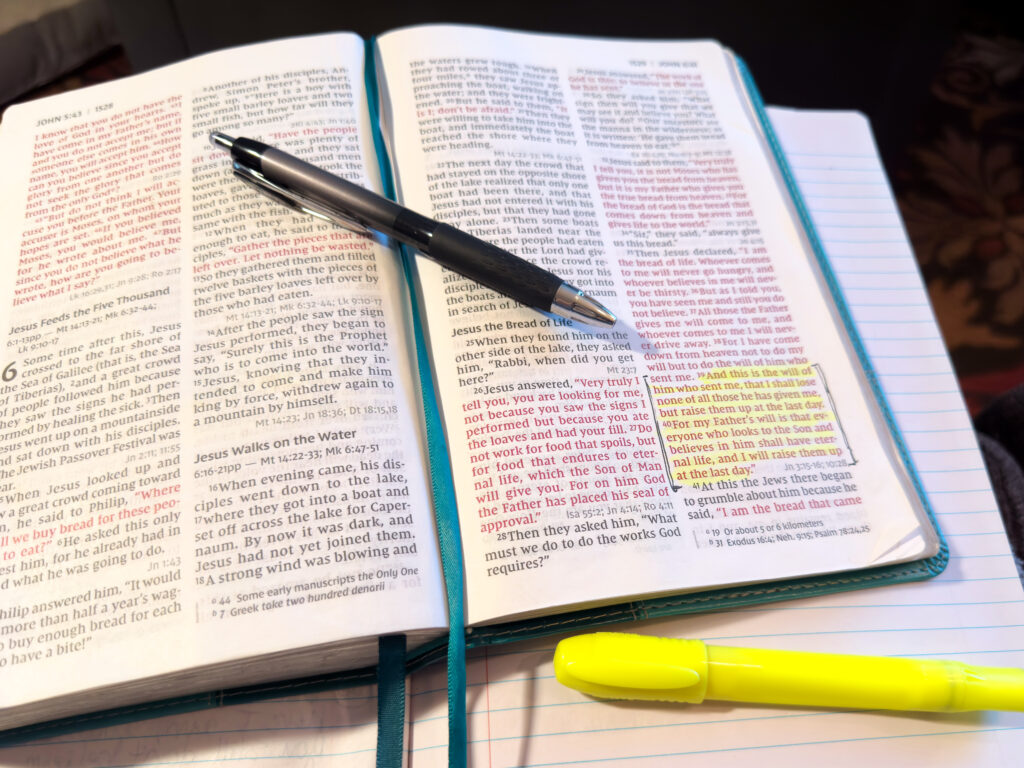
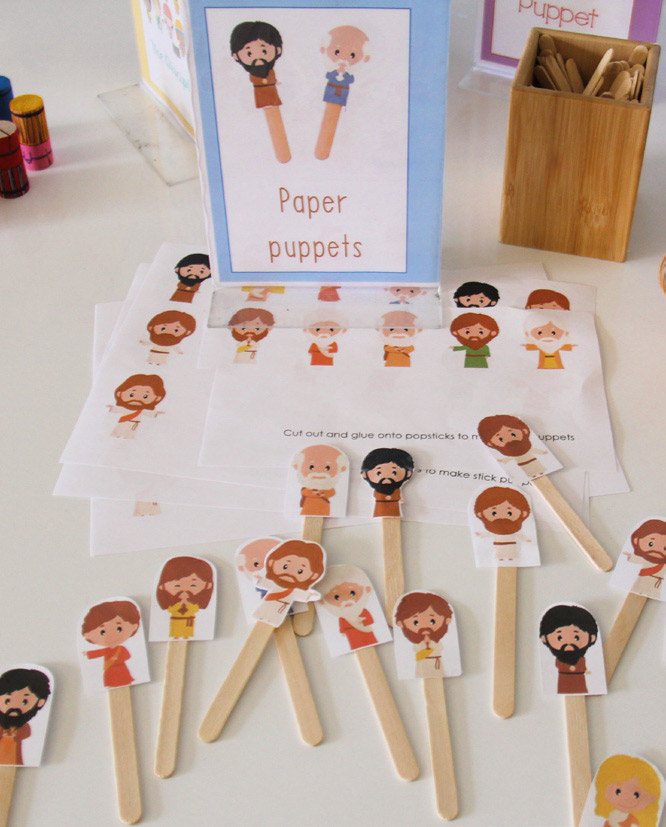
- Check with your school pastor/chaplain/worship coordinator whether there is a whole school devotion plan or resources that they already have. Some schools might have a plan of which Bible stories to teach already in place.
- If you aren’t very experienced with devotions, you might like to ask another staff member to partner with you. You don’t have to be perfect! God is doing his work in the students just by your class gathering in his name and listening to him.
- Once you’ve chosen your Bible story/passage, decide how you will share it with the students. Think about what the story tells us about God or how it points to Jesus.
- Gather your resources and choose a song to match the story if you can. If you can’t find a song that exactly relates to the story, either have the students choose from a few familiar songs or teach them a song which highlights the main point of the week’s story.
- Teach the students how to pray. There are lots of different ways for young students to pray:
- classic short prayers learnt off-by-heart (eg the Lord’s Prayer, table graces etc)
- action prayers which help students remember what to pray for (eg The Five Finger Prayer)
- creative prayer patterns/styles (eg popcorn prayers, drawing prayers, colouring prayers etc)
- Older students may enjoy prayer journalling, prayerful meditation or small group prayer.
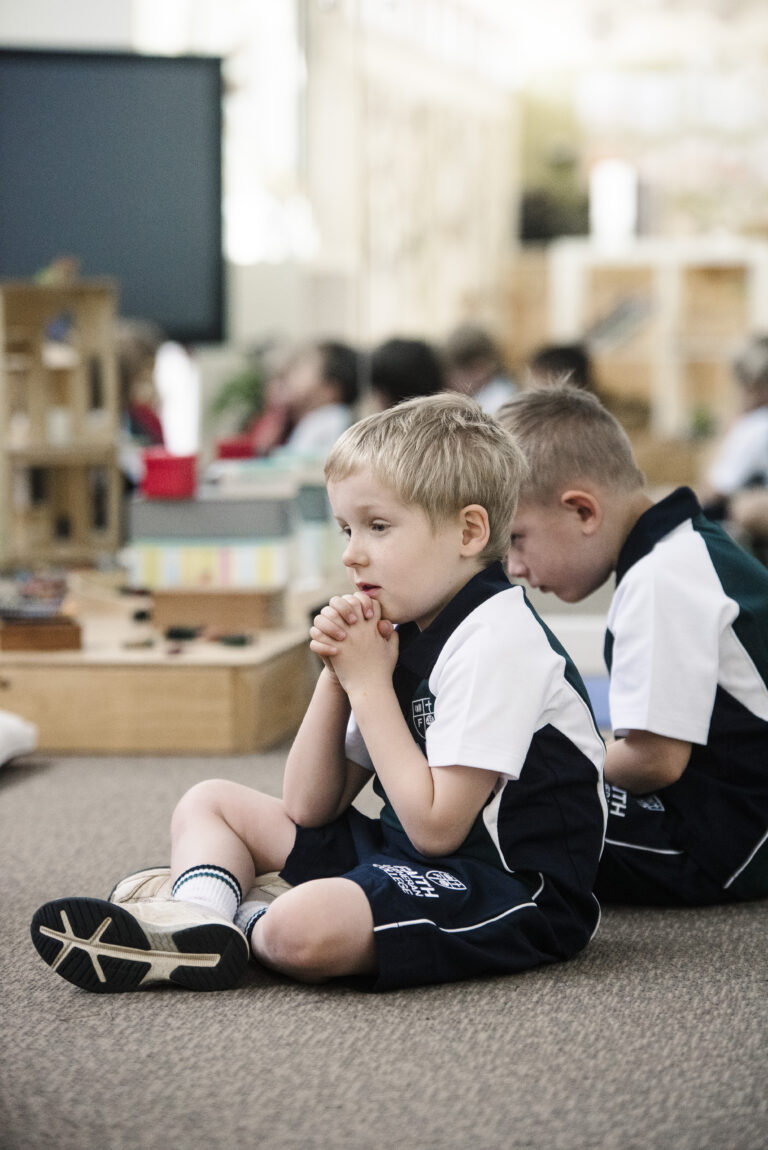
Worship, Devotions and the Christian Studies Curriculum Framework
While the content of the CSCF may complement and inform worship and devotions, it is important for the spiritual well-being of staff and students that worship is the primary purpose of devotions. Worship and devotions are stand-alone activities and should be timetabled separately from Christian Studies.
Devotion Orders
Here are some editable templates for those wishing to write their own devotions or to display in the classroom so students can help lead.
Resources


